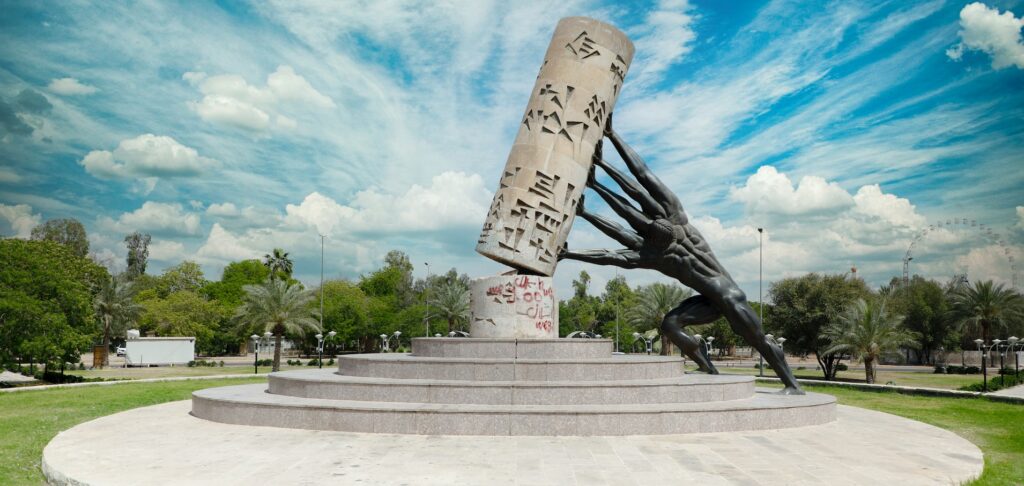Baghdad, the capital of modern-day Iraq, has a rich history that dates back more than a millennium. One of its most interesting features is its circular shape, which has earned it the nickname “The Round City.”
Why Is Baghdad Called The Round City?
The origins of this unique design go back to the 8th century when the city was founded by the Abbasid Caliphate.
The Abbasids chose the site of Baghdad because of its strategic location on the Tigris River. They envisioned a grand capital that would rival the great cities of the ancient world, such as Rome and Constantinople. To achieve this, they turned to Persian and Greek architects and engineers, who helped them design and build the city.
One of the key features of Baghdad’s design was its circular shape. The city was built on the site of an ancient circular village called Madinat al-Salam (City of Peace). The Abbasids expanded and improved the village, creating a new city that was laid out in concentric circles. The city was divided into four quarters, with the Caliph’s palace at the center.
Why a Circular City?
The circular design of the city had several advantages. It made the city easier to defend, as there were no corners or straight walls that could be easily breached by attackers. It also made the city easier to navigate, as all roads led to the center.
This helped traders and merchants find their way around the city, which was an important center of commerce in the Islamic world.
Another advantage of the circular design was that it allowed for efficient use of space. The streets were narrow and winding, which allowed for more buildings to be constructed in a smaller area.
This was important, as Baghdad was one of the largest cities in the world at the time, with a population that exceeded one million people.
Over the centuries, Baghdad has seen many changes and upheavals. The city has been destroyed and rebuilt multiple times, and its circular shape has been altered by new construction and urban development.
However, the spirit of the Round City lives on, and its circular design remains a symbol of the city’s proud history and unique identity.
Final Thoughts
Baghdad’s circular shape has earned it the nickname “The Round City,” a testament to the ingenuity of the Abbasid architects and engineers who designed it. The circular design had many practical advantages, including ease of defense, efficient use of space, and easy navigation.
Today, the Round City remains a fascinating destination for visitors from around the world, who come to explore its rich history and experience its unique culture.

